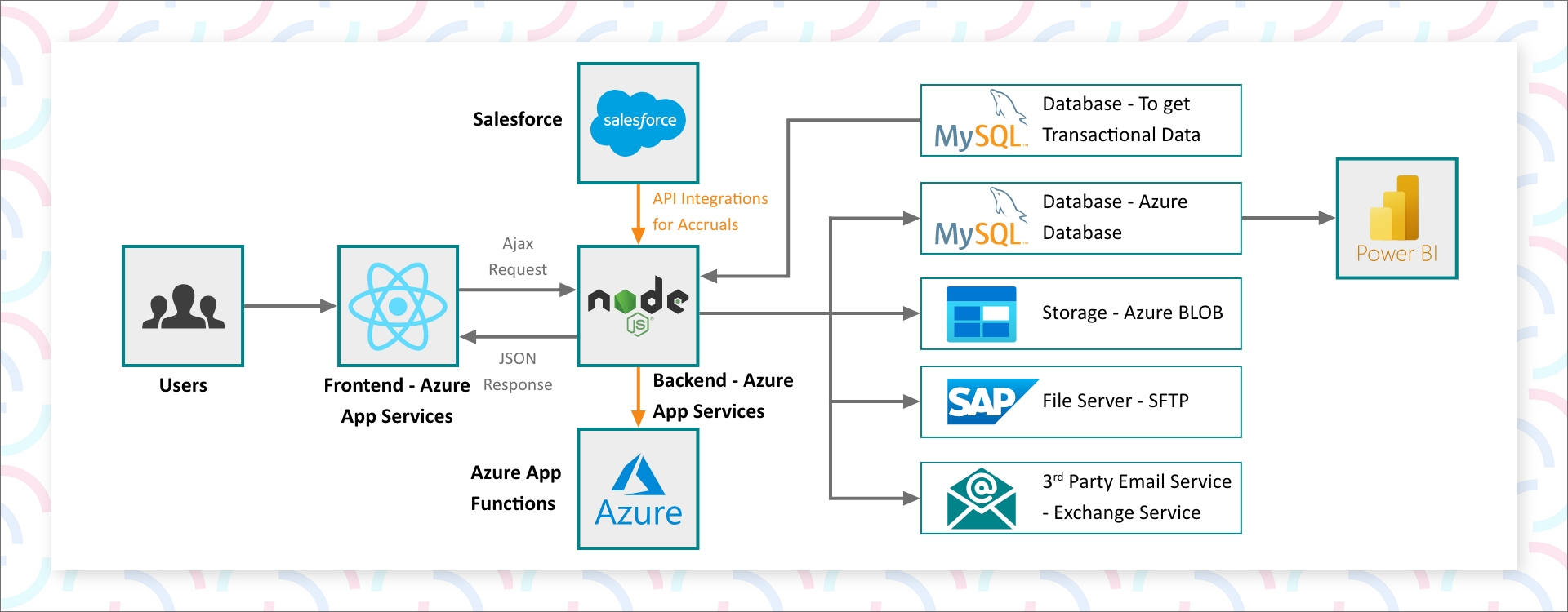Overview
Data engineering on unstructured data sets, capturing data from multiple sources and running data analytics to provide meaningful insights to the business.
At A Glance

Industry
Food & Beverages

Region
Europe

Duration
12 Weeks
Technical Stack








Client Profile
The client is a leading brewer company based in Europe, having a vibrant ecosystem with more than 300 breweries, and an unparalleled distribution route to reach more than 1 billion consumers and 3 million customers.
Challenge
- Data was scattered in multiple systems like Blackline, SAP, Salesforce, Internal Systems, and Excel, which caused inconsistency in data between the systems.
- Sending invoices and follow-ups were done manually, leading to delays and human errors.
- Collecting data from various sources for audit purposes was challenging and time-consuming.

Solution
- Seaflux created a system that fetches more than 500 MB of data from various sources at regular intervals and transforms the data as per business rules.
- Sending 10K+ automated invoices daily to vendors as per the due date and follow-up emails automatically as per the frequency defined by the admin.
- The system automatically escalates to the next level if there is no response in the defined timeframe.
- Real-time business insights are displayed on the dashboard to take appropriate action immediately.
- KPI tracking automation has been implemented to understand the role of employees and alter them according to the business goals.
- The solution captures all the activity logs initiated by the system and actions taken by the required vendor for audit purposes.
- Implemented the Import/Export feature for data comparison from the system to verify its authenticity with various third-party verified systems.
Key Benefits
- OpEx was reduced by 50% for the accounting department with various automation in place.
- Real-time information also allowed upper management to access the company’s insights based on data accumulated, shown on their dashboard.
- KPI tracking automation improved the business operations efficiency by 31%, which resulted in the faster achievement of the business goals.
- Drill down of data to provide useful insights like credit risk modeling for vendor management, identifying customer lifetime value, and customer segmentation.
Develop your next idea with usGet in touch






